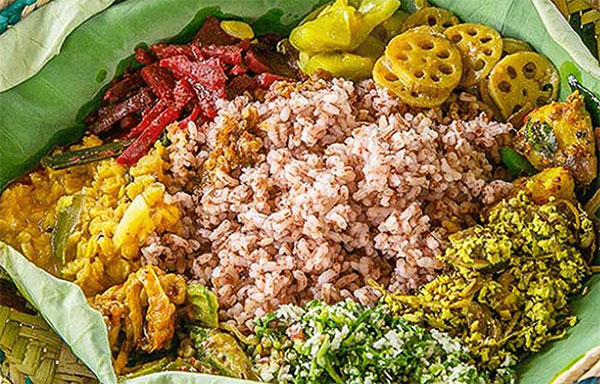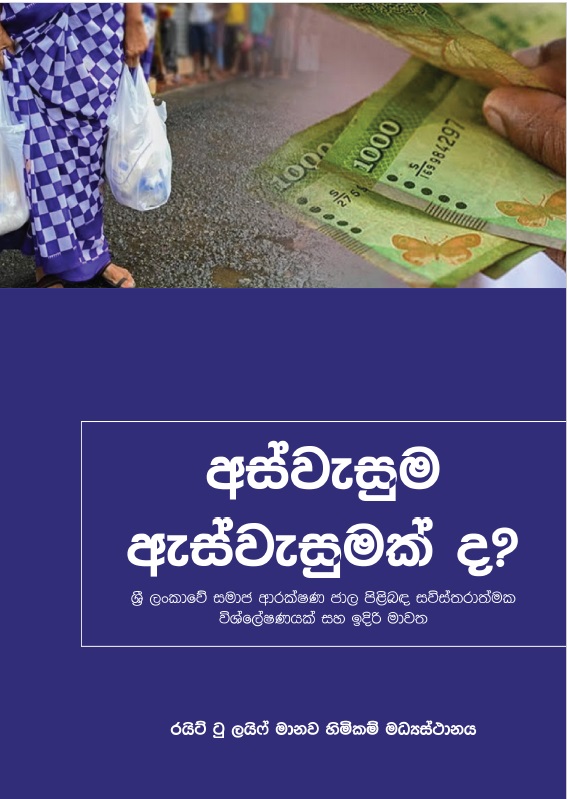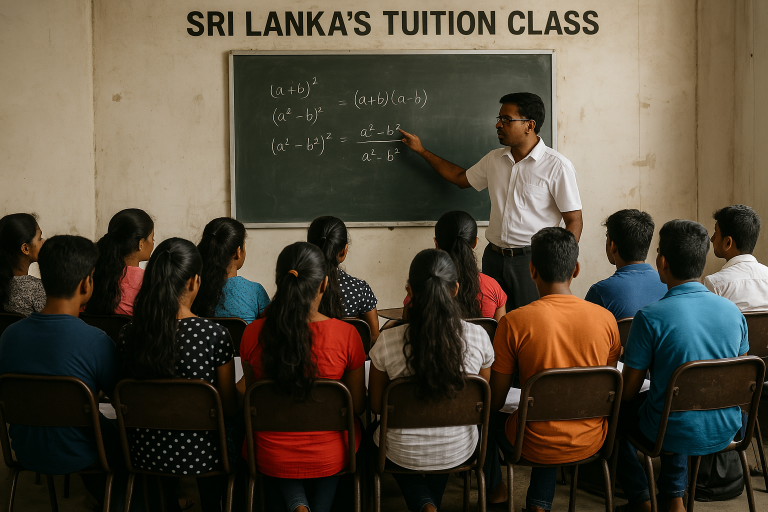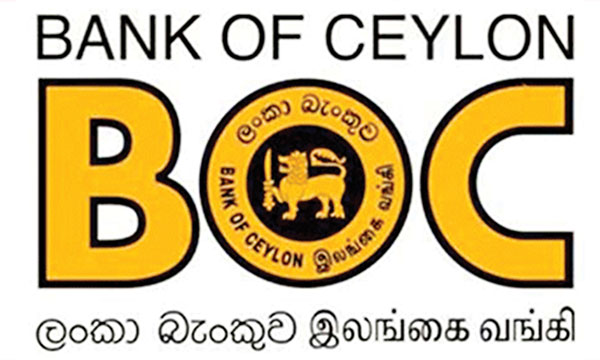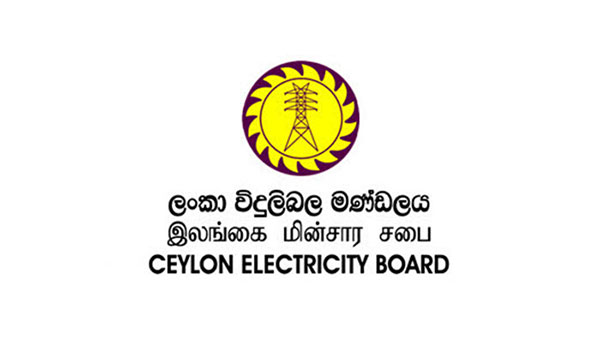Sri Lanka’s economy expanded by 5.0% in 2024, marking a strong recovery from the 2.3% contraction in 2023, according to the World Food Programme’s March 2025 Market Monitor. The growth was largely driven by the industrial sector, which surged to 11% growth, while services saw modest expansion. However, agriculture lagged, posting a 0.2% annual decline and a sharper 1 percentage point dip from Q3 2024.
Despite national growth, rural livelihoods continue to face pressure. Food inflation remains mixed: vegetable, fruit, rice (except Keeri Samba), fish and egg prices declined due to increased supply, but prices of key items like coconut (+53% YoY despite a recent monthly drop), and coconut oil (+36% YoY) remain elevated.
Significant price reductions were seen in brinjal (-43%), onions (-62%), and eggs (-41%) year-on-year. Fuel prices dropped by 3% in April 2025, offering some relief. The average household spent Rs. 47,107 on food in February 2025, unchanged from previous months.
Two notable policy shifts were introduced:
-
A Yala season fertilizer subsidy: Rs. 25,000 per hectare for paddy and Rs. 15,000 for other crops (up to 2 hectares).
-
Enhanced social welfare under Aswesuma: Increased monthly allowances for persons with disabilities, CKDU patients, and the elderly from April 2025.
On the macro front, unemployment fell to 4.4%, and foreign job departures increased to over 314,000. However, trade challenges persisted, with falling export prices widening the trade deficit year-on-year, despite a narrowed gap compared to January 2025.
The report paints a complex picture of recovery—macroeconomic stability is improving, but food affordability and agricultural productivity remain critical concerns.
Source: WFP Sri Lanka – Market Monitor, March 2025

